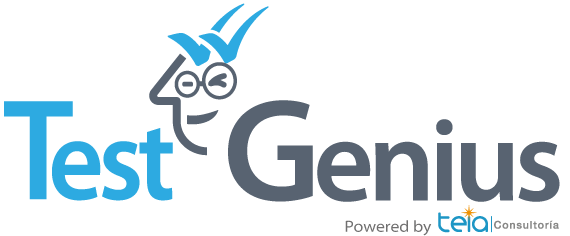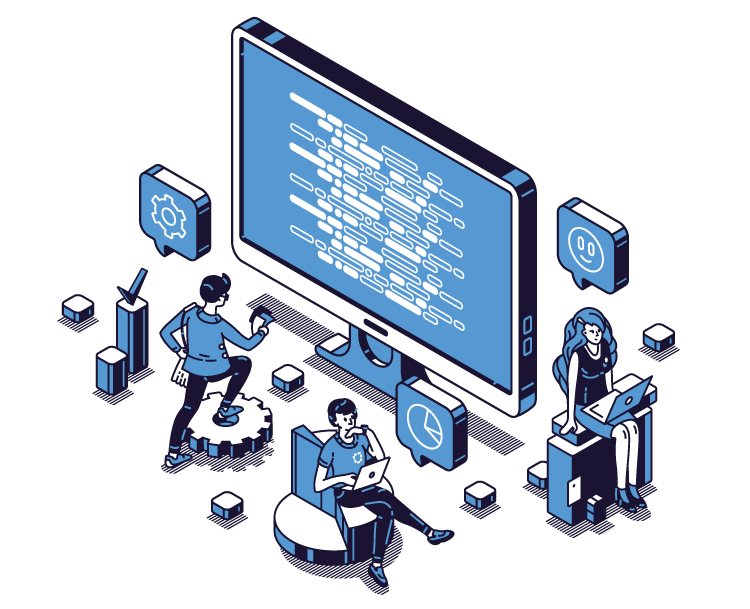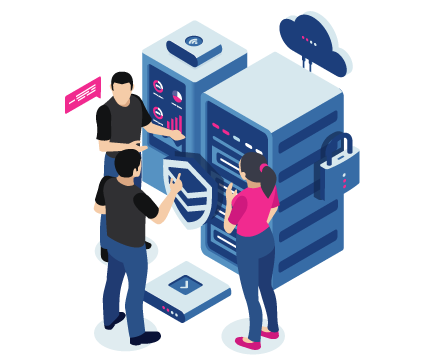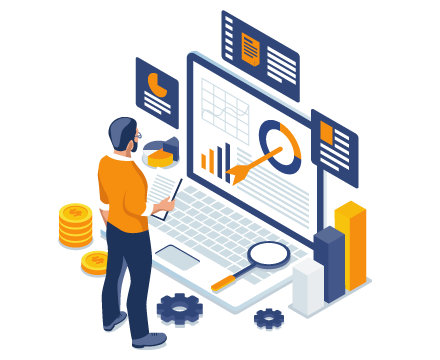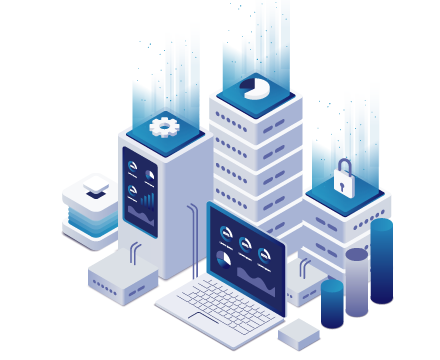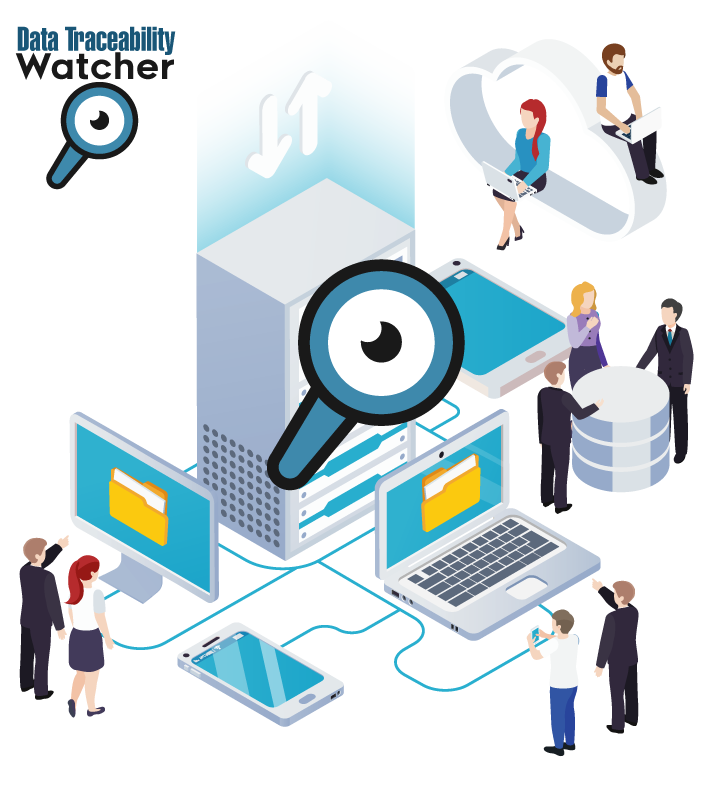The differences between source and destination appear in a comparative matrix to facilitate their validation. Once you have the complete mapping of the different versions, you can perform the required operations:
- Validation
- Comparison and
- Integration
Once the process is finished, a notifications are sent via email to the administrators with the report of the integration results.
The comparisons are saved and can be integrated into a script to be versioned, and modified and used later.
The base of this solution is in Databricks, which allows handling large volumes of data.
Reliable data engineering & modern high-performance data storage
.
Repudiandae rerum velit modi et officia quasi facilis
Laborum omnis voluptates voluptas qui sit aliquam blanditiis. Sapiente minima commodi dolorum non eveniet magni quaerat nemo et.
Incidunt non veritatis illum ea ut nisi
Non quod totam minus repellendus autem sint velit. Rerum debitis facere soluta tenetur. Iure molestiae assumenda sunt qui inventore eligendi voluptates nisi at. Dolorem quo tempora. Quia et perferendis.
Consequuntur inventore voluptates consequatur aut vel et. Eos doloribus expedita. Sapiente atque consequatur minima nihil quae aspernatur quo suscipit voluptatem.
Repudiandae rerum velit modi et officia quasi facilis
Laborum omnis voluptates voluptas qui sit aliquam blanditiis. Sapiente minima commodi dolorum non eveniet magni quaerat nemo et.
Incidunt non veritatis illum ea ut nisi
Non quod totam minus repellendus autem sint velit. Rerum debitis facere soluta tenetur. Iure molestiae assumenda sunt qui inventore eligendi voluptates nisi at. Dolorem quo tempora. Quia et perferendis.
